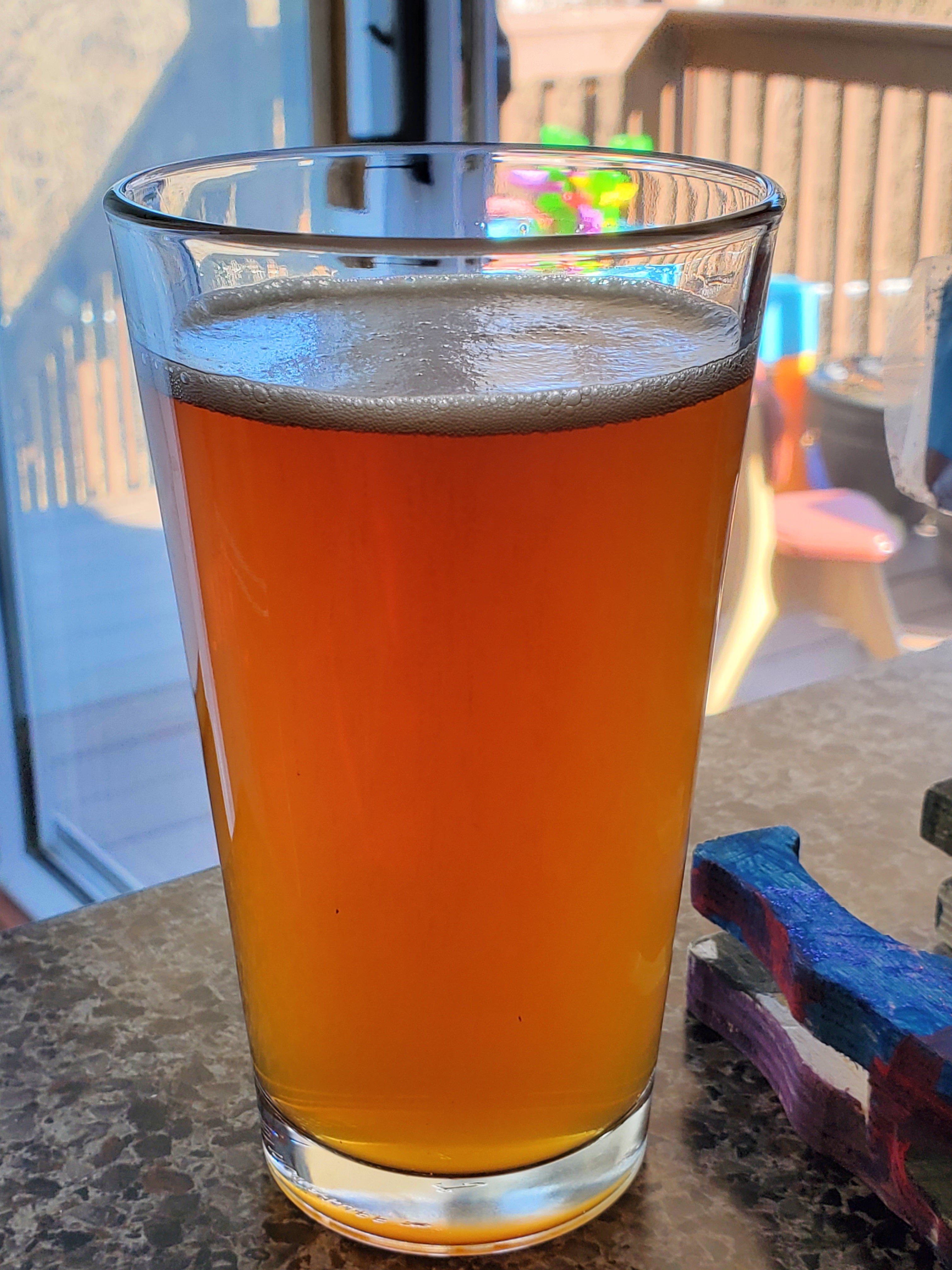Hello fellow brewers,
one question is bothering me since ages. I know that other guys are experiencing the same, so hear me out.
I bottle with priming sugar. The first 2 weeks, there is zero head retention, no matter how well the beer is already carbed. Sometimes, with higher ambient temperature, the bottle carbonation is already done within 6-10 days in the bottle but head retention = 0.
3 weeks later, all the head is there. Same beer, same carbonation level, same glass, everything same. I can reproduce this with all my beers. first 2-3 weeks, very bad to 0 head retention, afterwards huge improvement. The longer the better, but usually no further improvement after 1 month.
WHY!?
I cannot really find a reason why this might be happing.
Still some yeast in suspension somehow disturbs the foam? I don't know..... Something else? But what?
Cheers!
(drinking a fully carbed but 0 head 2 weeks old beer)
M
one question is bothering me since ages. I know that other guys are experiencing the same, so hear me out.
I bottle with priming sugar. The first 2 weeks, there is zero head retention, no matter how well the beer is already carbed. Sometimes, with higher ambient temperature, the bottle carbonation is already done within 6-10 days in the bottle but head retention = 0.
3 weeks later, all the head is there. Same beer, same carbonation level, same glass, everything same. I can reproduce this with all my beers. first 2-3 weeks, very bad to 0 head retention, afterwards huge improvement. The longer the better, but usually no further improvement after 1 month.
WHY!?
I cannot really find a reason why this might be happing.
Still some yeast in suspension somehow disturbs the foam? I don't know..... Something else? But what?
Cheers!
(drinking a fully carbed but 0 head 2 weeks old beer)
M







